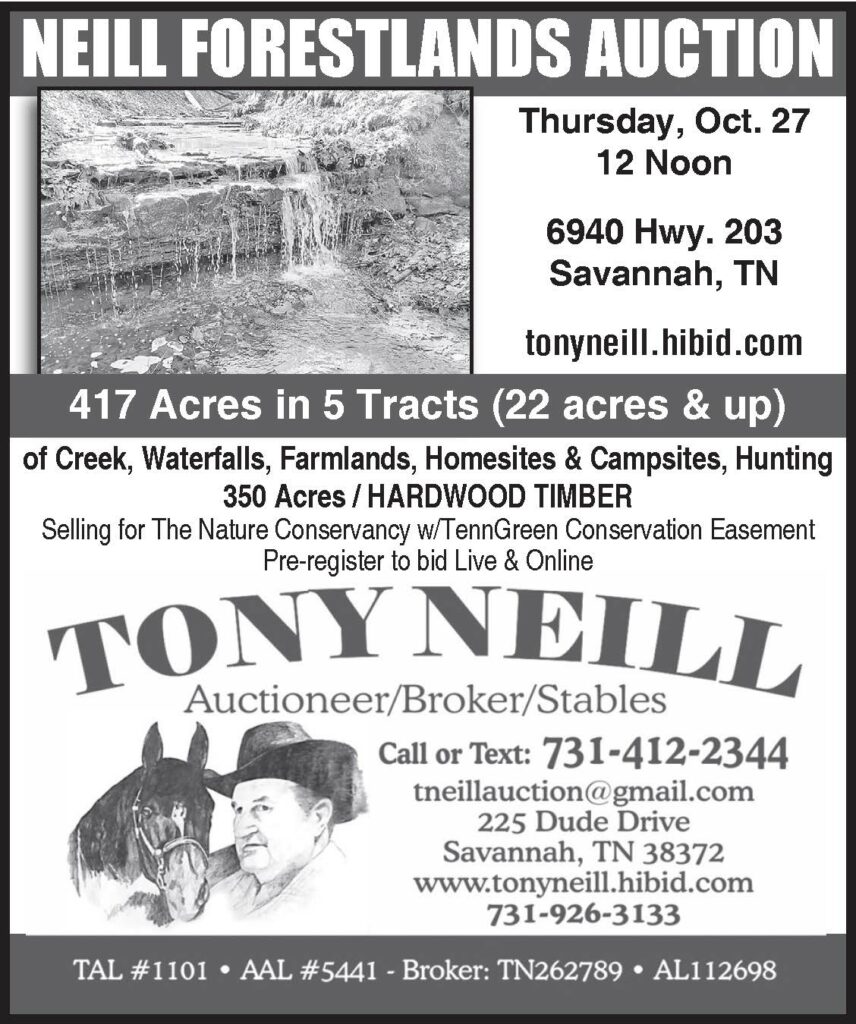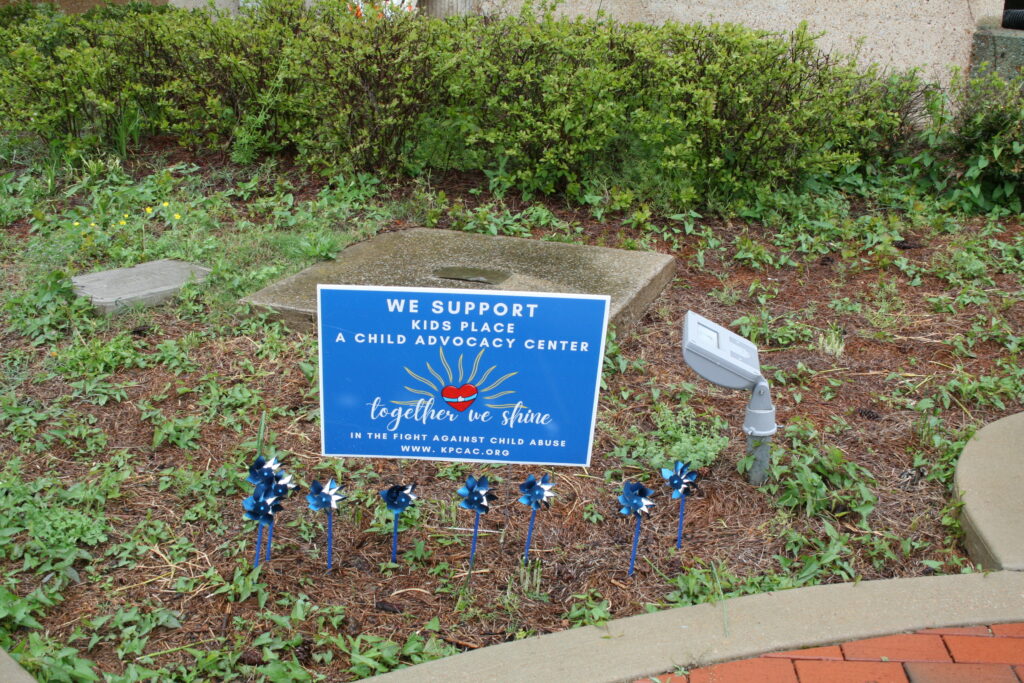Winter hay feeding is likely the single largest expense for cattle producers, especially when you factor in the cost of your machinery, fertilizer, seed, and labor to make, store, and feed the hay. Whether you’re producing the hay yourself or buying it from an individual, it would be wise to take steps to eliminate hay waste.
There are a few steps producers can take to help maximize this feed resource. First up, hay storage. How you store your hay will depend on how much hay you will lose. The University of Tennessee conducted a trial several years ago to compare different methods of storing large round bales of grass hay. The hay was cut and baled in June in Moore County, TN. The bales were weighed at the time of harvest and storage and weighed again the following January. Below are the types of storage methods and the percent of hay loss recorded:
•On ground, no cover: 37% loss.
•On old tires, no cover: 29% loss.
•On ground, covered: 29% loss.
•On old tires, covered: 8% loss.
•Net wrapped, on ground: 19% loss.
•In a barn: 6% loss.
As you can see, storing on the ground and uncovered results in high losses. Taking steps to get them off the ground and covered if storing in a barn is not an option will help reduce your losses.
Next, consider how you feed your hay. Different feeding methods result in different amounts of hay wasted by animals. Here are expected hay losses per feeding system:
•Trailer and cradle type feeders usually average 10-15% waste
•Hay rings with sheet metal on the bottom average about 6%.
•Cone feeders have the least amount of waste at around 3% (but these are the more expensive feeding options).
•On the ground, about 45% waste is expected.
•Unrolling hay
-Enough for 1 day supply: about 12% waste expected.
-Enough for a 7 day supply: about 45-50% waste expected.
A helpful tool to determine hay waste with various hay ring feeders is the Noble Foundation’s Hay Ring Waste Calculator. It can be found at http://www.noble.org/ag/tools/livestock/hay-ring/.
Moving hay rings around or feeding on a concrete or rock pad that can be scraped regularly will not only help with waste, but cattle health as well. Check with our NRCS office as they may have grant options available to help create heavy use areas for livestock.
Another option would be to consider installing a fence-line hay feeding system, which can potentially help reduce hay waste if high quality hay is fed and the system is designed and maintained properly. UT has been experimenting with these systems at the Research & Education Center in Lewisburg. An update on the research can be found on the Tennessee Cattleman’s Association website: https://www.tncattle.org/post/fence-line-hay-feeders-an-update-on-research.
Lastly, consider the time your cattle have access to hay. When cattle are given free-choice access to hay, it results in a substantial amount of hay waste. University research indicates that even when fed in a round bale feeder, cattle that are given continuous access to hay can waste up to 25% or more of what’s placed in the feeder. That essentially means 1 out of every 4 bales fed will never be consumed. If feeding good quality hay (based on a forage analysis) in a round bale feeder, you can limit cattle access to hay to 6 or 12 hours. This will provide sufficient time for cattle to consume their daily intake and also limit waste. You would never consider throwing out one third of your hay, but that’s basically what happens when livestock are allowed access to hay 24/7.
As you may have discovered, hay loss is going to occur at some level, but how we store and feed our hay will determine how great that loss will be. Whatever method you choose, be intentional and try to choose methods that will help stretch your hay supply this winter.
If you have questions, please call the office at 931-722-3229 or e-mail Megan Harris at [email protected].
Also, don’t forget the deadline to apply for CFAP 2 is December 11th. You can find details and apply at farmers.gov/cfap.







